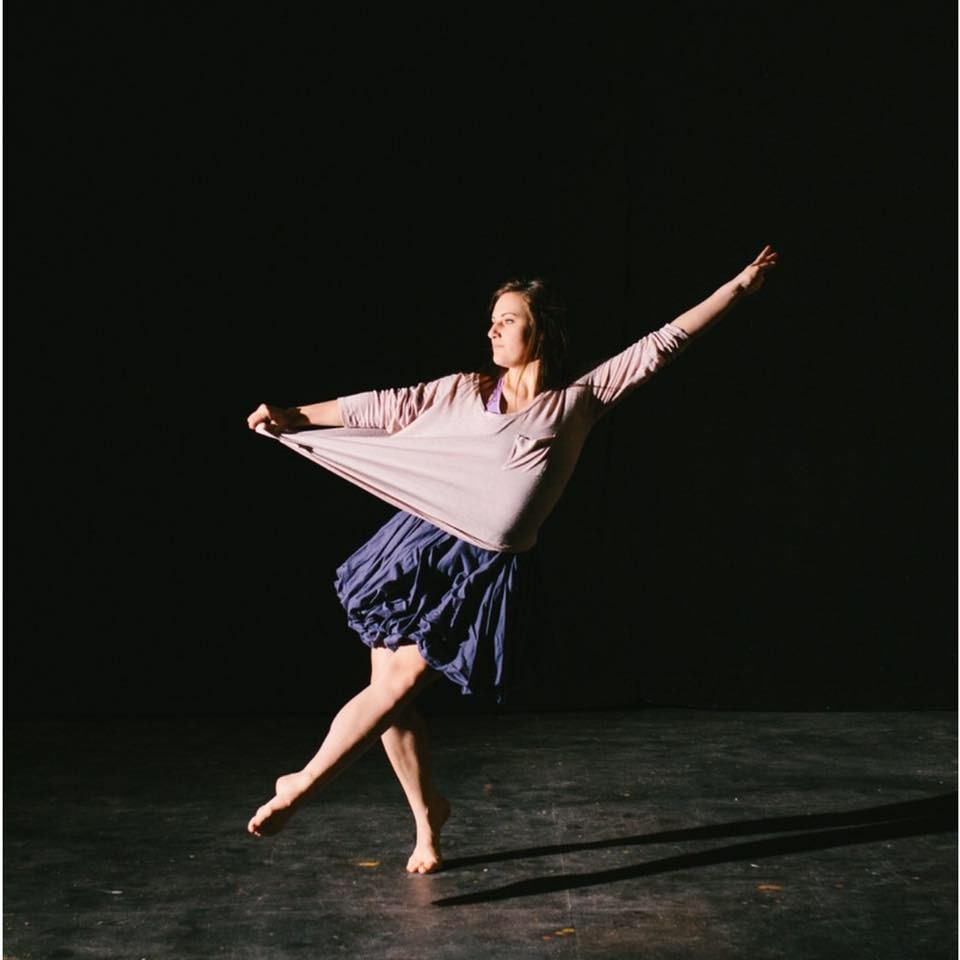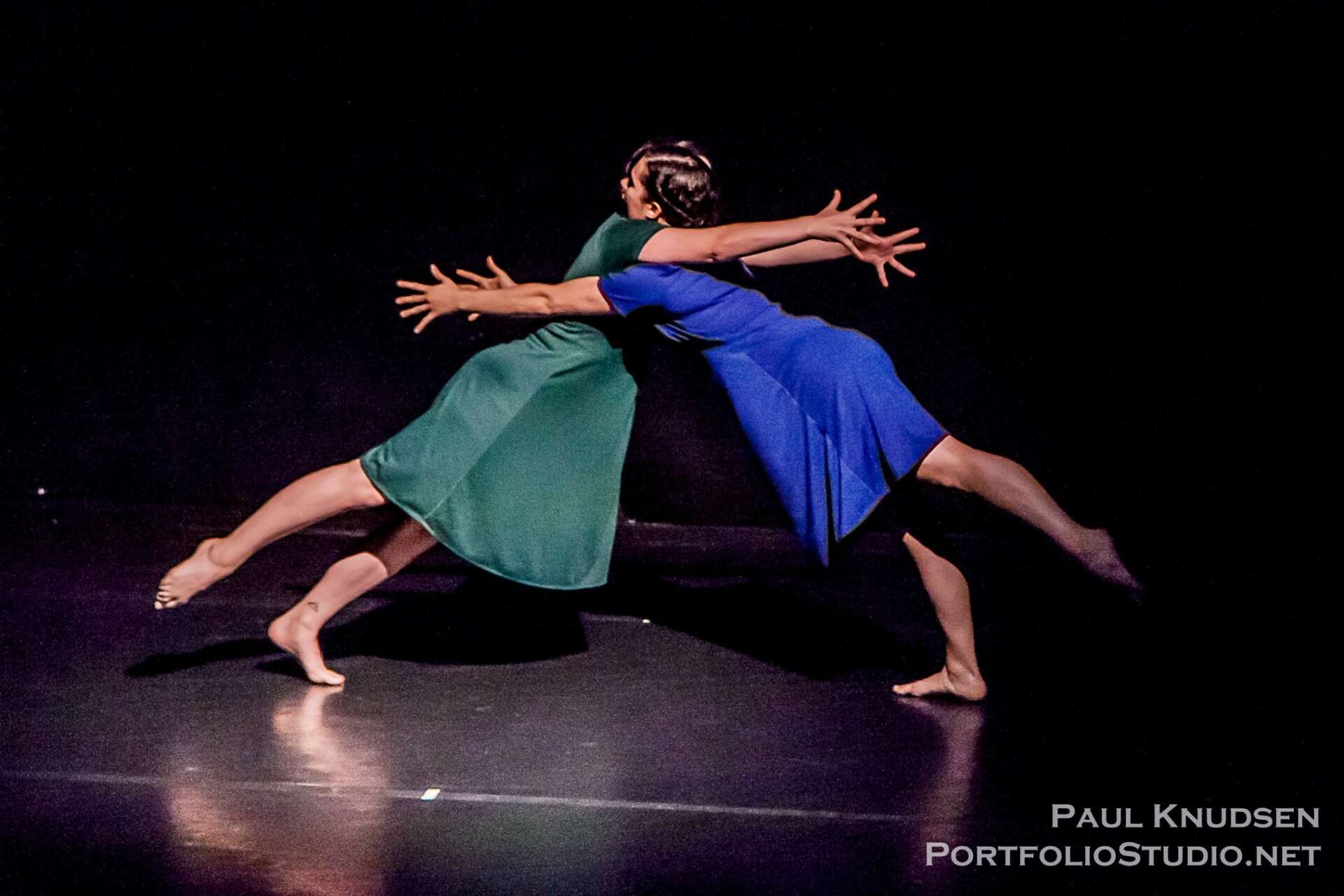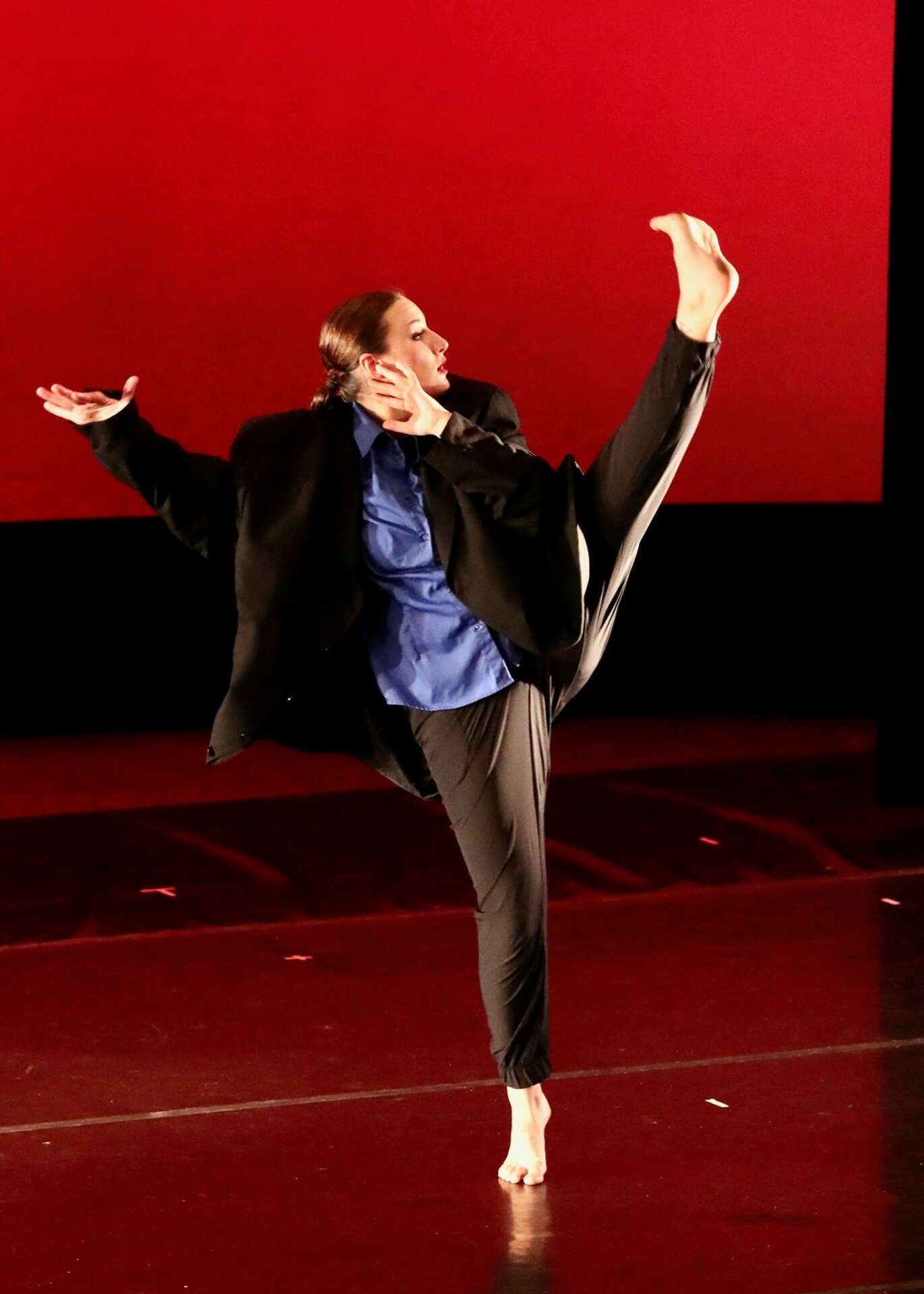We’re excited to introduce you to the always interesting and insightful Miranda Spence. We hope you’ll enjoy our conversation with Miranda below.
Miranda, thanks for taking the time to share your stories with us today Are you happier as a creative? Do you sometimes think about what it would be like to just have a regular job? Can you talk to us about how you think through these emotions?
I would say that I am happy with the work that I do. I have in the past had to get a “regular job”, but with the birth of my child in August, I am working full-time as a parent, while also continuing my work as an artist and facilitator to the next generation of artists. I am fortunate enough to have the support of my partner, Chord, who is able to financially care for us as well.



Miranda, love having you share your insights with us. Before we ask you more questions, maybe you can take a moment to introduce yourself to our readers who might have missed our earlier conversations?
I am a dance artist interested in the realms of choreographing and teaching. I am currently the Assistant Director of imPULSE Dance Project based out of Arlington, Texas, I performed for imPULSE Dance Project under the direction of Anastasia Waters for 4 years before becoming the Assistant Director in 2021. This role allows me to choreograph for company shows and assist in fundraising/community outreach efforts. I have also choreographed for Frisco Ballet productions since 2018, and I am a dance instructor at Sheena’s Dance Academy in Frisco, Texas. I started dancing in 2010 under Lisa Motsenbocker at the age of 15 after a 10-year gymnastics career. After graduating high school, I received my Bachelor of Fine Arts in Dance Performance at the University of Central Oklahoma in 2016. While in college, my work “Ataxia” was performed at the Gala for the Central Region conference by the American College Dance Association and was later selected as an alternate to go to the John F. Kennedy Center. I received my Master of Fine Arts from Texas Woman’s University in 2021, where my research focused on the ways in which choreographers communicate and work with dancers. I have taught at high schools and dance studios across Oklahoma and Texas and choreographed and performed for multiple festivals and productions throughout Texas, Oklahoma, Illinois, Indiana, Kansas, and Missouri, I have also received many awards and accolades, including the University of Central Oklahoma’s “Choreographer of the Year” and the Mark of Excellence Talent Competition “National Choreographer” award for both professional and pre-professional choreography.
At this point in my life, fostering growth through teaching has become my prime passion. I focus my teaching on 3 main principles: individual attention, empowerment, and informative content. In understanding young dancers’ needs to create a successful future for themselves, I foster their future through dedication and empathy for each individual’s growth. Through body-positive, empowering language, I strive for an inclusive environment where each individual can forge self-love and lasting relationships. My teaching incorporates dance history, anatomy, and technical language to further dancers’ knowledge because I believe in each dancer’s ability to understand the importance of education. Through individual attention, empowerment, and informative content, I create an environment that fosters a successful future for each individual, regardless of where they go once they end their time with me.



In your view, what can society to do to best support artists, creatives and a thriving creative ecosystem?
In the last few years, I have seen the closure of multiple dance departments in universities across the country. This is upsetting as my experience dancing in college is what helped me hone in on my own creative style and how to create work that can give back to the local community through collaborations, festivals, musicals, productions, etc.. Dance in higher education is so important for many who want to continue their dance education after high school, and these programs are closing due to a lack of funding and resources from their universities. The biggest thing that society can do is fund the education of arts. Individuals can do this by attending shows, taking community classes, or giving monetary donations.


For you, what’s the most rewarding aspect of being a creative?
In my process as a choreographer, I create work from my own memories, emotions, and understanding. This can sometimes be therapeutic. Using dance as therapy has helped me during both positive and negative times in my life. For example, in the Spring of 2022, I created a work while I was pregnant with my daughter. This work was about the generations of women in my family. Through the process of creating this work, I was able to recollect memories to help grieve my grandmother’s passing while also looking forward to continuing those traditions with my daughter. This is something I would not get to do in many other lines of work, and I’m fortunate enough to have the opportunity and ability to use dance in this way.
Contact Info:
- Website: https://ingrammiranda.wixsite.com/website
- Instagram: @mingram8
- Facebook: https://www.facebook.com/miranda.l.ingram/
Image Credits
Corey Smith, Paul Knudsen, Bill Young, & Sarah Beal


